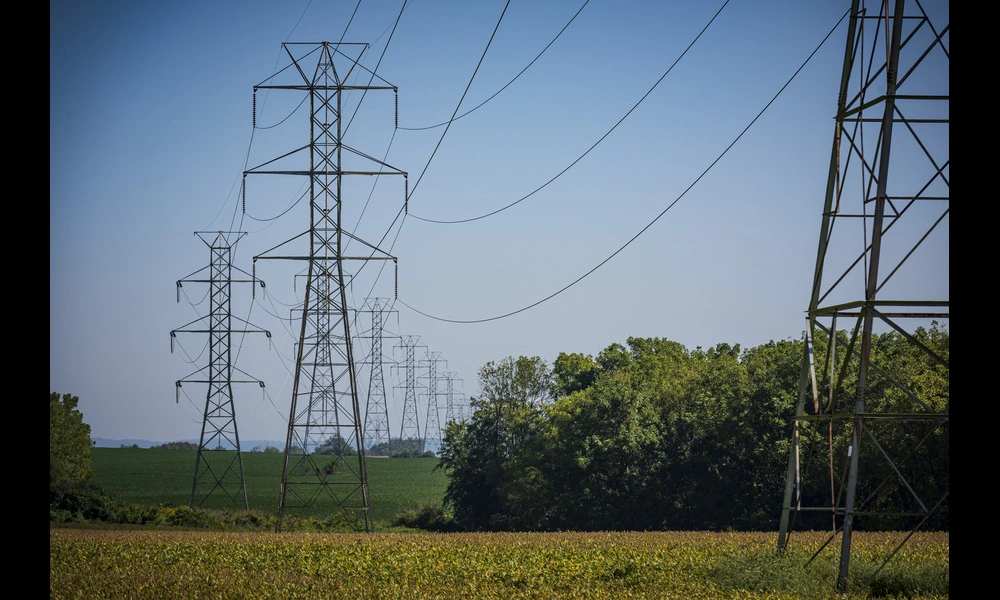Potential for Significant Efficency Improvements to Electrical Grid
Published on Thu Sep 14 2023 49909766167_7eca22d95f_o | EPA Clean Air Markets on Flickr
49909766167_7eca22d95f_o | EPA Clean Air Markets on FlickrA new preprint paper titled "Using conservative voltage reduction and dynamic thermal rating for congestion management of power networks" explores a framework for managing peak loads in distribution networks using a combination of conservation voltage reduction (CVR) and dynamic thermal rating (DTR). This research focuses on the real-time rating of network components and the voltage-dependent characteristics of electric loads to effectively navigate peak periods. The paper finds that implementing both CVR and DTR together leads to a cost-saving increase during peak events that is 58.75 percentage points higher compared to individual implementation of CVR alone. This combination of strategies allows for better management of peak loads and results in significant economic gains by reducing operational expenses for network operators.
The researchers reviewed previous literature and found that while CVR has been extensively studied for its impact on reducing energy consumption and demand levels, the integration of DTR and CVR in peak load management has not received adequate attention. This paper addresses this gap by considering the thermal rating of distribution network components and their dynamic characteristics in conjunction with CVR. The results show that implementing both CVR and DTR during peak hours leads to a substantial decrease in operational costs for the distribution network, with savings of up to 89.2% compared to not implementing any peak management strategies.
Furthermore, the paper highlights the challenges associated with increased line currents due to the implementation of CVR and the constant power loads. This is where the dynamic thermal rating of network components becomes crucial, as it allows for a greater reduction in substation voltage and reduces load curtailment during peak events, while still respecting the thermal current restrictions. By employing both CVR and DTR, the distribution network can provide electricity to a greater number of loads and significantly mitigate the need for load curtailment.
The research concludes that the integration of CVR and DTR in peak load management has substantial advantages in terms of cost reduction, load curtailment, and overall effectiveness in managing peak periods in distribution networks. The findings of this study contribute to the optimization of existing infrastructures and highlight the potential for greater efficiency and cost savings in peak load management.



